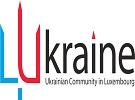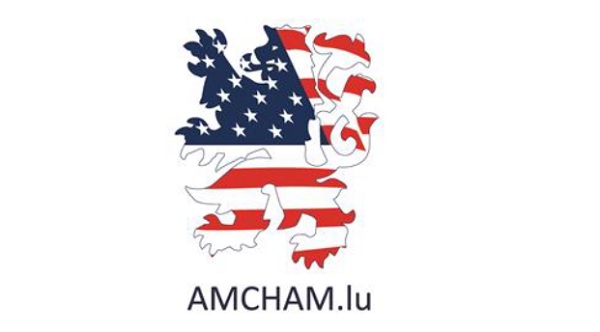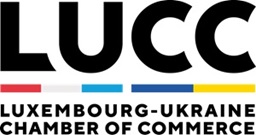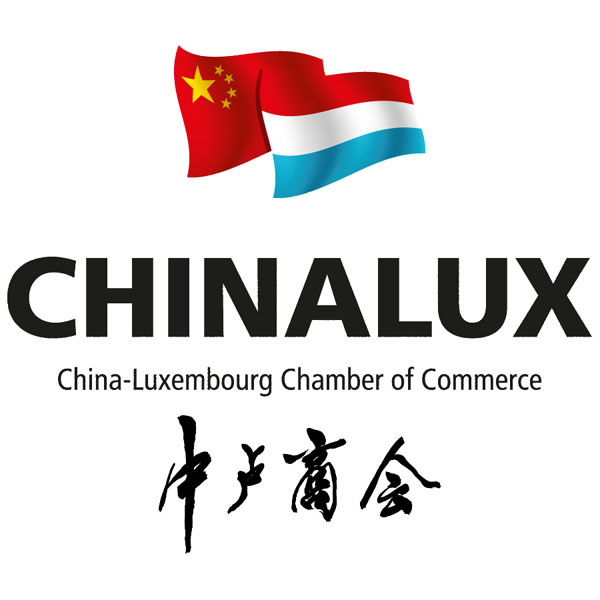
As you might know from our previous article, ING Luxembourg will move Place de la Gare in less than a year now: D-Day is getting closer!
Amongst the project’s different objectives and beyond ING visibility, two of our goals so as to enhance our Top Employer approach is facilitating collaboration and improving the well-being of ING employees within our premises.
Our new building is also an opportunity to re-think our way of working in order to cope with constraints we are facing and giving ourselves the means to support our corporate culture. To that end, we will implement an Activity-based organisation: as the name suggests, depending on the activity our colleagues are carrying out, they will be able to choose and move to the most suitable space to dialogue, collaborate, focus or even relax between two tasks. Easy to say, but it cannot be achieved overnight: it entails a lot of impacts on organisation (such as no more dedicated desks), flexibility of IT tools and infrastructure of the building and requires a great deal of change management.
Why do we need change management?
For the simple reason every change requires going through an acceptation process with more or less long phases depending on the person. Subsequently we found it very important to start as soon as possible to accompany our colleagues along the different steps, to help them prepare for their future organisation and, last but not least, to explain them why we are making this change.
How are we going to do this?
By communicating through different means. We nominated a few change managers who are in charge of conducting the project and we are implementing a network of ambassadors who help us understand the reality of the teams and who communicate with their direct colleagues. ING change approach breaks down into three characteristics:
Testing for enriching streams and projects
First of all, we put in place Proofs of Concept, which is to say that we implemented the New Way of Working as well as the needed infrastructures within two departments. The objective is to test the new model and functionalities of furniture and equipment, as well as to identify points of attention. IT is not left aside: given the flexibility of the Activity-Based organisation, we installed collaborative tools in different parts of the bank in order to best assess what we need to enable our New Way of Working. So far, we have received a lot of feedbacks and we are currently analysing implications for our new building. Fortunately we have already avoided this way wrong or mistakenly good decisions!
Working with teams to embed the concept in their organisation
We need to find the right interface between daily job and the Activity-based concept. For that purpose, we are organising workshops with managers to have a better grasp of the future concrete functioning of their teams. Managers are cornerstones for change as their role modelling and their proximity with our colleagues tremendously impact their acceptation process. As for implementing a new strategy, most of the success of a change project goes through top and middle managers.
In the coming weeks we shall also plan two different sessions for all the teams in the bank, validated by our Proofs of Concept testers who will come answering the questions their co-workers may have. Two keywords for these gatherings: fun and identification!
The first ones will be information sessions during which we try to link the theory to the participants’ daily job through different means; for instance, we present a sample of what a colleague’s schedule might look like. We also tackle some “myths” or false beliefs regarding the new model.
The second ones are interactive workshops that are more practical, given that we ask the participants to actually simulate or “act out” two working days of theirs by means of a Lego mock-up and to react to some scenarios. Thanks to role playing, people forget rational thinking and react more spontaneously: if they adopt new behaviours during the game, they will most likely replicate them in our new premises. These workshops also present an opportunity to brainstorm with them about some concerns they have and find solutions together.
Breaking silos to harvest talents and viewpoints
Besides our ambassadors, we have been sending surveys, we have been organising brainstorming meetings and we have set up several workgroups on themes like mobility and Look & Feel in order to involve colleagues in the project and gather the voice of our collaborators.
Eventually we are willing to be available when they have questions or show curiosity on very different aspects of our new premises. In order to answer this need, we plan every six weeks Lunch & Ask sessions and we are currently giving the opportunity to ING employees to visit the building site. Each team will also have its ticket to discover its future environment before the actual move.
The last word to conclude and sum up this article goes to Charles Marichal, head of the Securities department (one of our Proofs of Concept): “As far as I am concerned, I think what we absolutely need to remember is that this type of organisational change needs to be carefully and thoughtfully prepared. It requires common sense, motivation and commitment. It falls to the managers to create these feelings within their team before moving next to the train station.”









